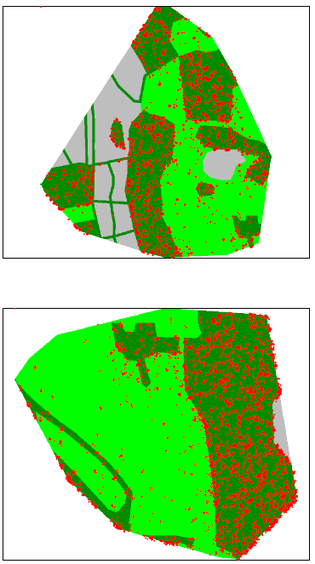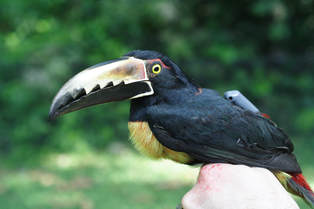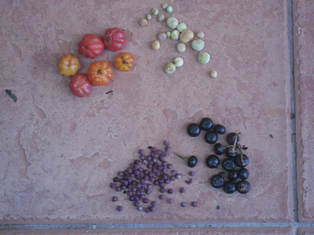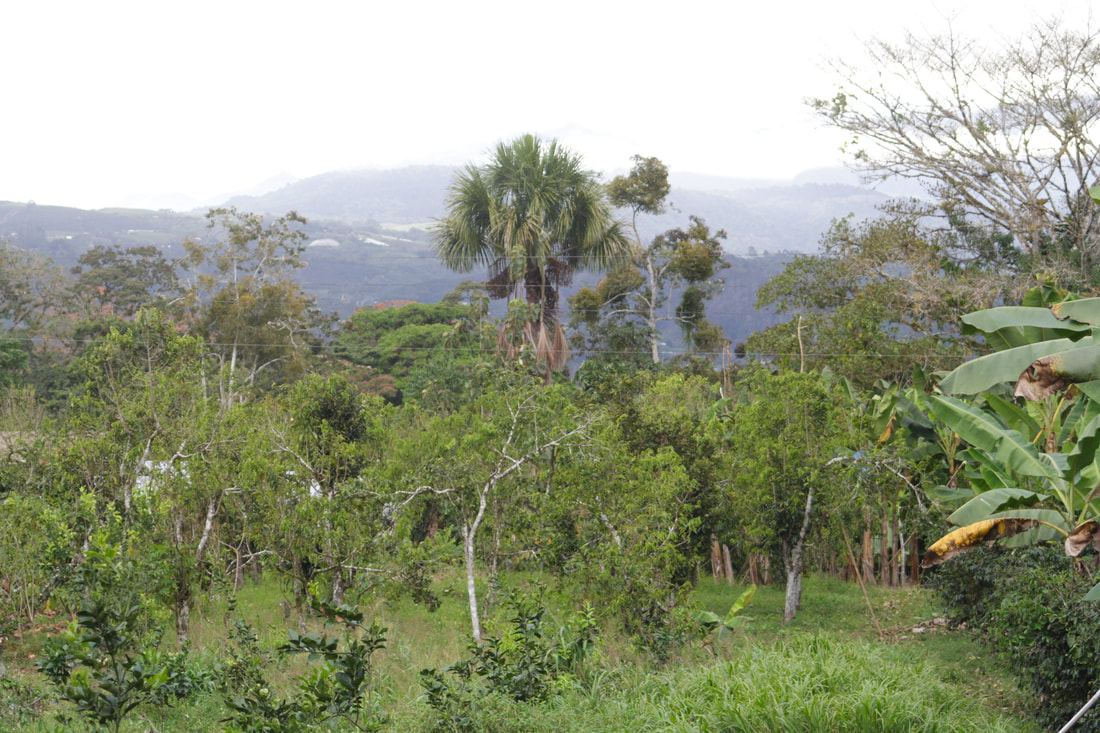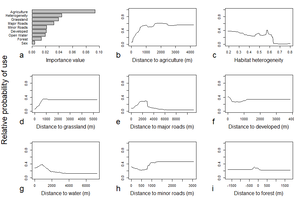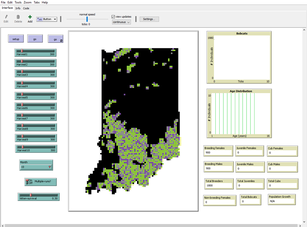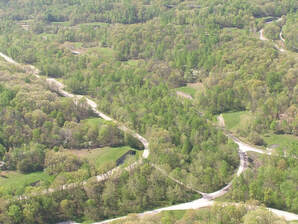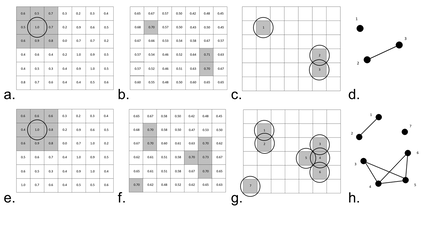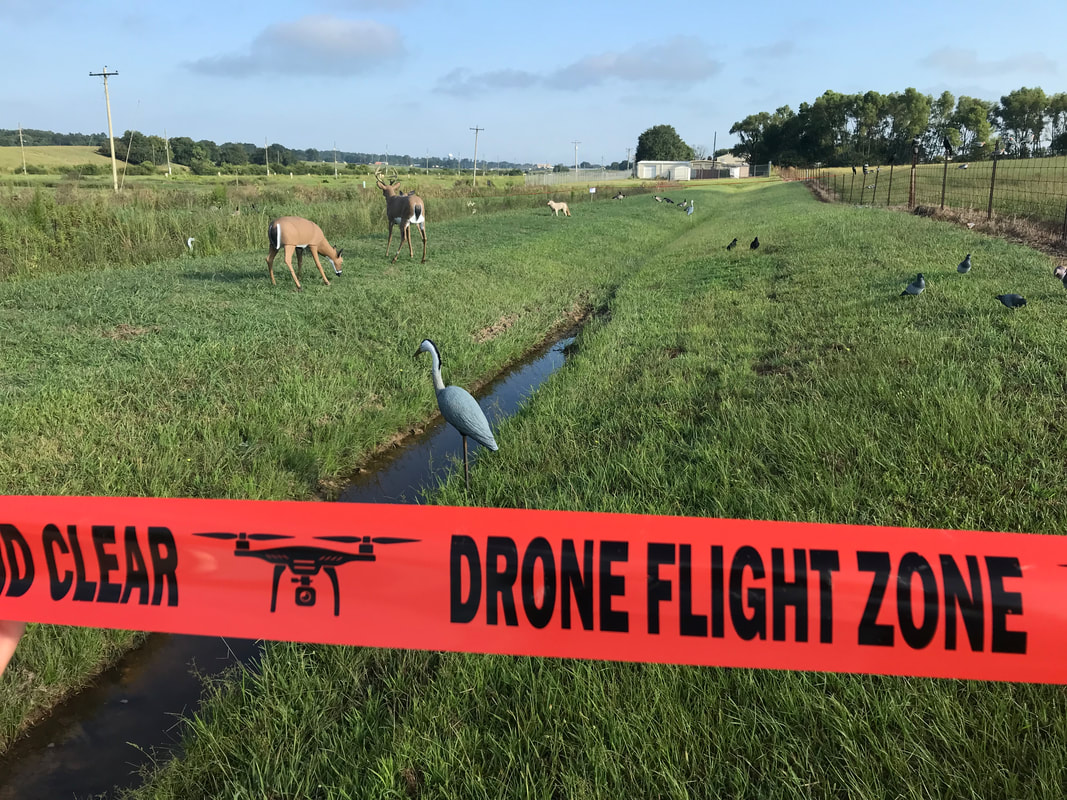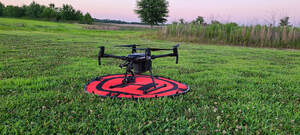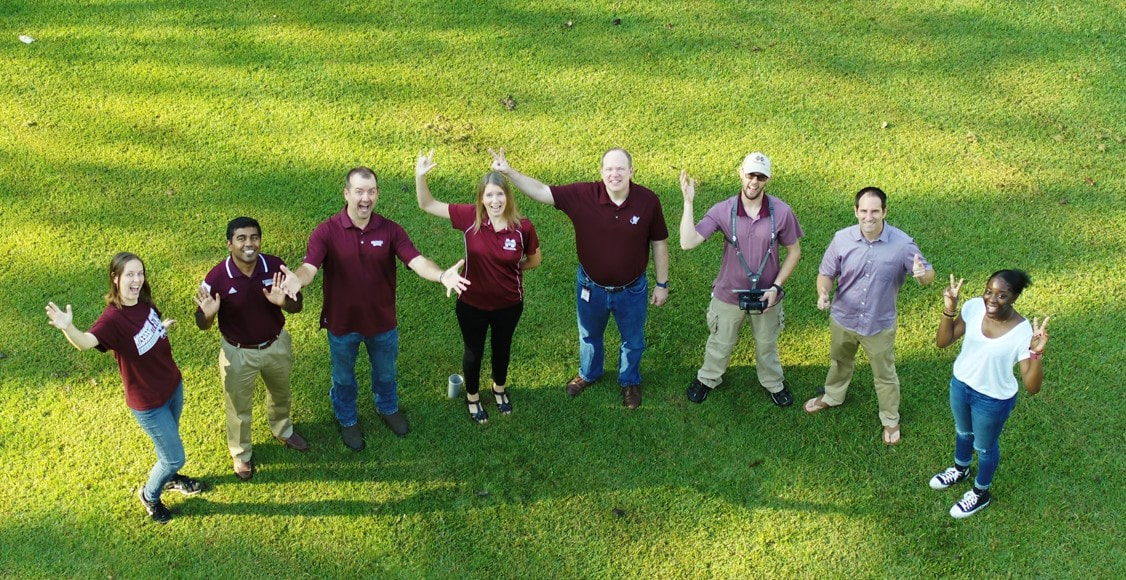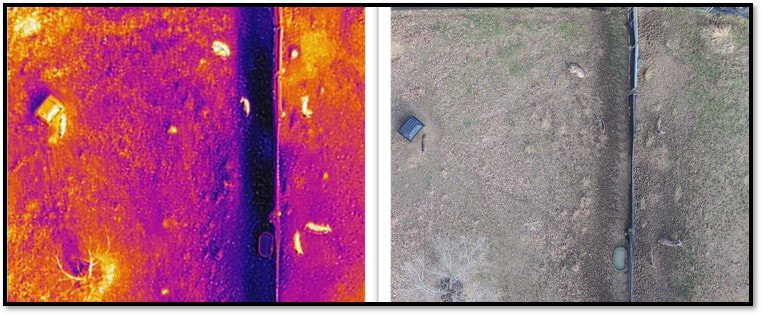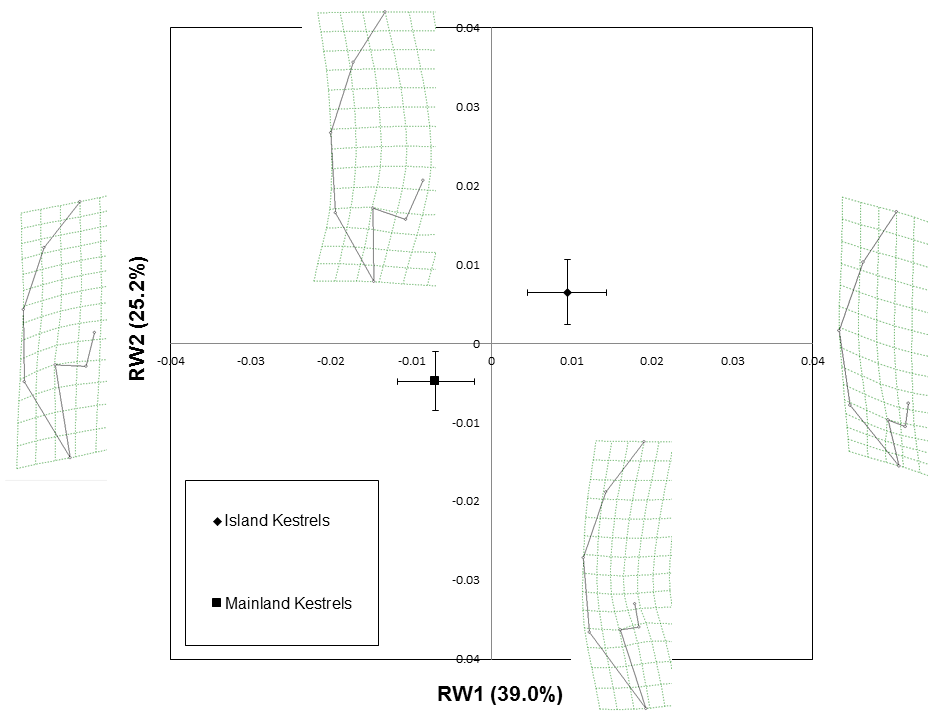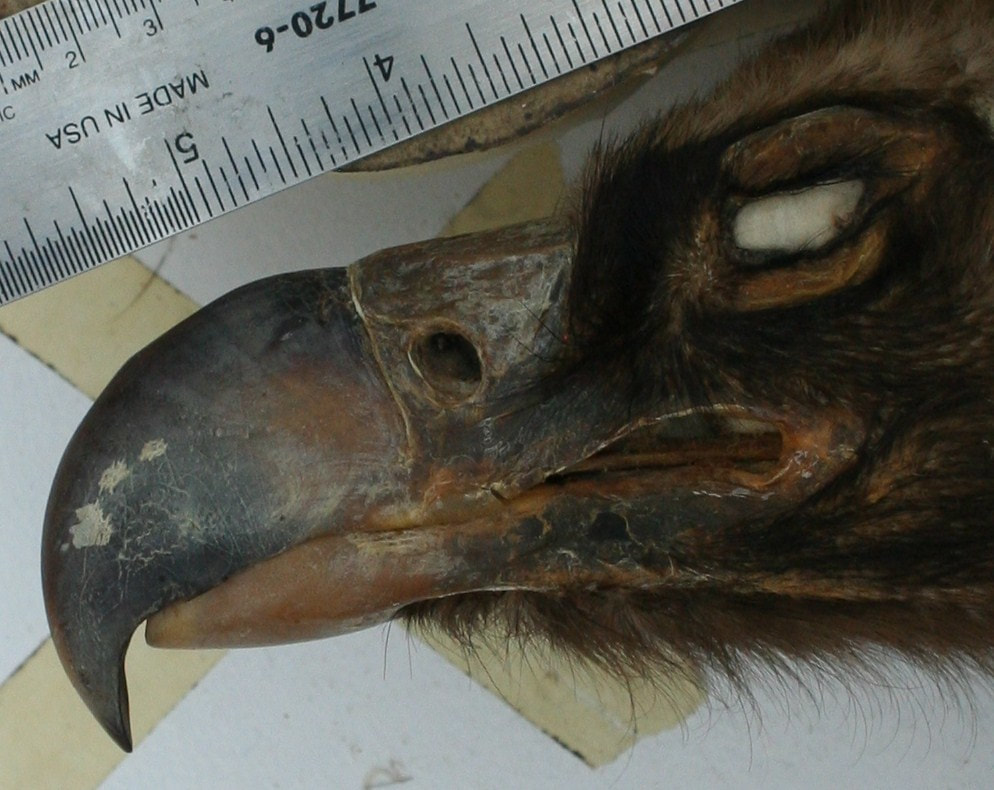Select Current and Past Research Projects
Modeling Spatial Patterns of Animal Seed DispersalAnimal seed dispersal is a critical ecosystem service for maintaining forest biodiversity and facilitating plant populations to adapt to a changing world. For my PhD research at the University of Louisiana at Lafayette (Paul Leberg and Derek Johnson, advisers), I conducted fieldwork on toucans and seed dispersal in a fragmented agricultural landscape at CATIE in Turrialba, Costa Rica with the help of over 70 volunteer field assistants from all over the world. I created an agent-based model (SEADS - Spatially-Explicit Animal Dispersal of Seeds) to explore patterns of seed dispersal in a theoretical forest ecosystem of increasing habitat loss (Jones et al. 2017). I also parameterized SEADS with my field data from two species of toucans, the Collared Aracari (Pteroglossus torquatus) and Keel-billed Toucan (Ramphastos sulfuratus) to examine patterns of seed dispersal by two species of toucans under various scenarios. (Other collaborators: Scott Duke-Sylvester (ULL) and Fabrice DeClerck (CATIE, Biodiversity International)
|
Carnivore Spatial EcologyMammalian carnivores structure ecological communities worldwide but their populations are often declining due to conflict with humans. Bobcats (Lynx rufus) were effectively extirpated from the midwestern United States in the early 1900s. Their population began rebounding in the mid-1990s in Indiana and has expanded in recent decades. However, landscape changes across the state in their >50 year absence necessitated new research on their spatial ecology as their population increased in the state. We used a variety of machine-learning methods, landscape analyses, and agent-based modeling approaches to quantify survival (Jones et al. 2020), home-range size, habitat selection (Jones et al. 2022), landscape carrying capacity (Jones et al. 2022), and model future conservation scenarios for bobcats in Indiana during my postdoctoral research on this species at Purdue University with Rob Swihart and Pat Zollner and collaborators at the Indiana Department of Natural Resources.
|
Best Practices for using UAS (drones) to conduct animal surveysThe use of Unoccupied Aircraft Systems (UAS) or drones for surveying animals has increased exponentially in the last 10 years. UAS have been validated for surveys of many, typically single species, including our own study of egrets and pelicans at respective breeding colonies in southern Louisiana (Jones et al. 2020). However, few studies have determined best practices for surveying a community of species, despite the increasing utility and popularity of UAS. As as postdoctoral researcher with Ray Iglay among an interdisciplinary team of wildlife and computer scientists at Mississippi State University and the USDA, we summarized the literature trends in UAS animal surveys (Elmore et al. 2023), and conducted a study to determine the effects of controllable UAS factors (altitude, camera angle, time of day) for best visible (RGB) surveys (Jones et al. 2023). We are also investigating machine-learning algorithms to automatically detect and count animals (Krishnan et al. 2023) from UAS images using a repository of images we have built (AWIR). Finally, we created an agent-based model to determine the best survey patterns to detect animals from a UAS as they move under various scenarios. Our results have broad conservation implications for UAS surveys across species and landscapes.
|
Evolutionary Ecology of Raptor Bill ShapeThe effect of diet on beak morphology has long been observed in avian species and often creates strong selective pressure for specialization. The feeding ecology of diurnal raptors has received less attention among avian species, although beak morphology in this group shows substantial variation by feeding niches and guilds. With my Master's advisers Hal Black and Clayton White at Brigham Young University, we showed that gape size in an unusual raptor, the Bat Hawk (Macheiramphus alcinus) which swallows bats whole on the wing, was much larger than other raptor species. This large gape resembled those of other bird groups, such as swifts (Apodidae), swallows (Hirundinidae), and goatsuckers (Caprimulgidae), which evolved to swallow insects whole on the wing (Jones et al. 2012). Additionally, I am also testing evolutionary ecology hypotheses in raptors using geometric morphometric methods within and across taxa and between genders regarding bill shape and feeding niches with several collaborators in a larger data set collected across museums in the U.S.
|

